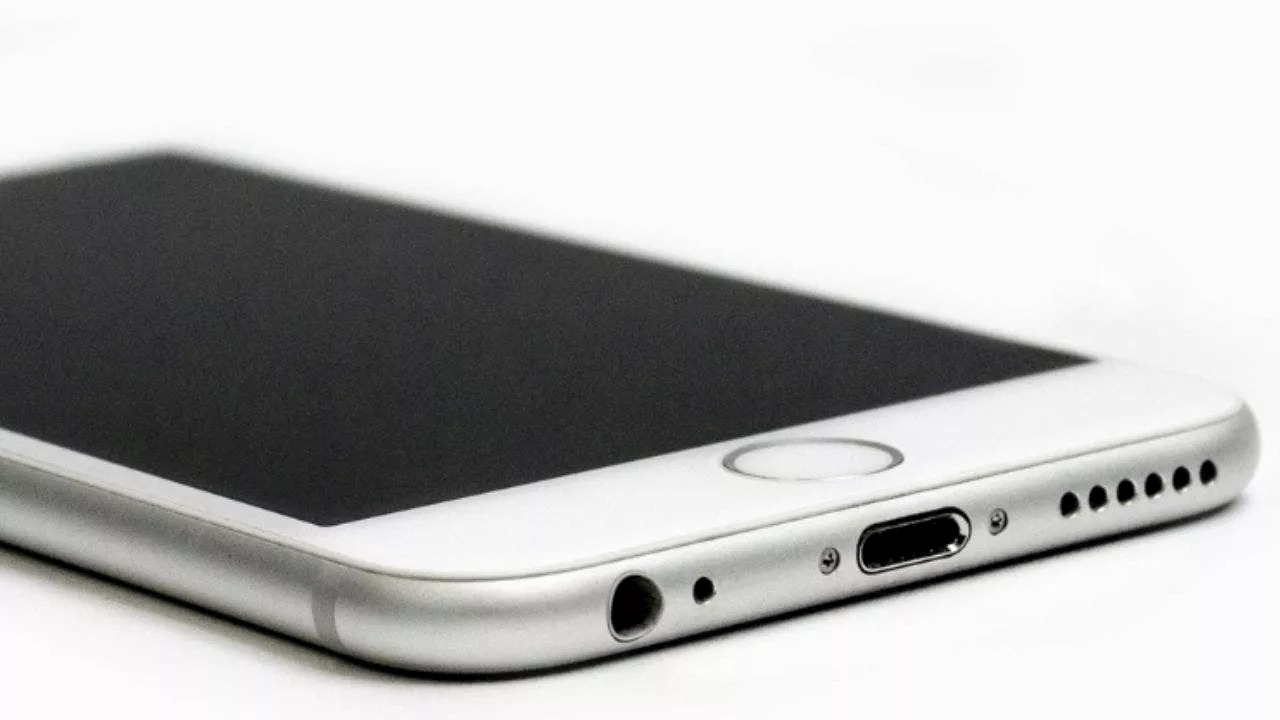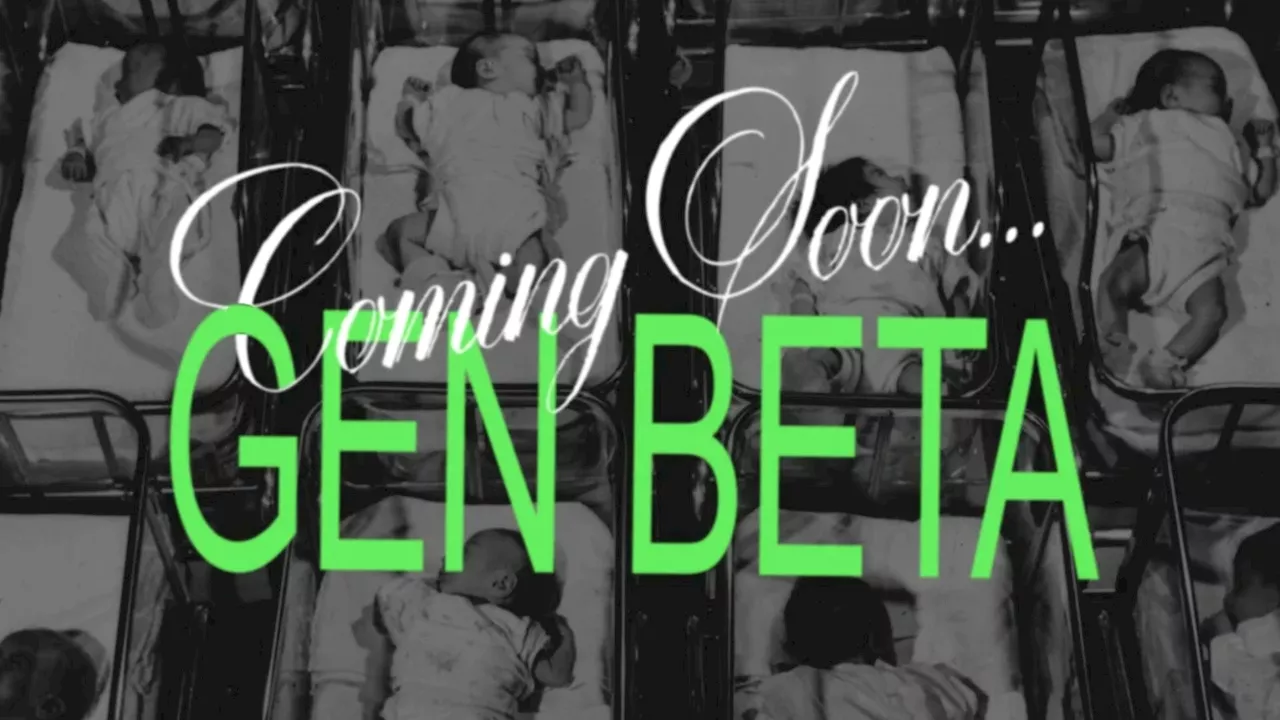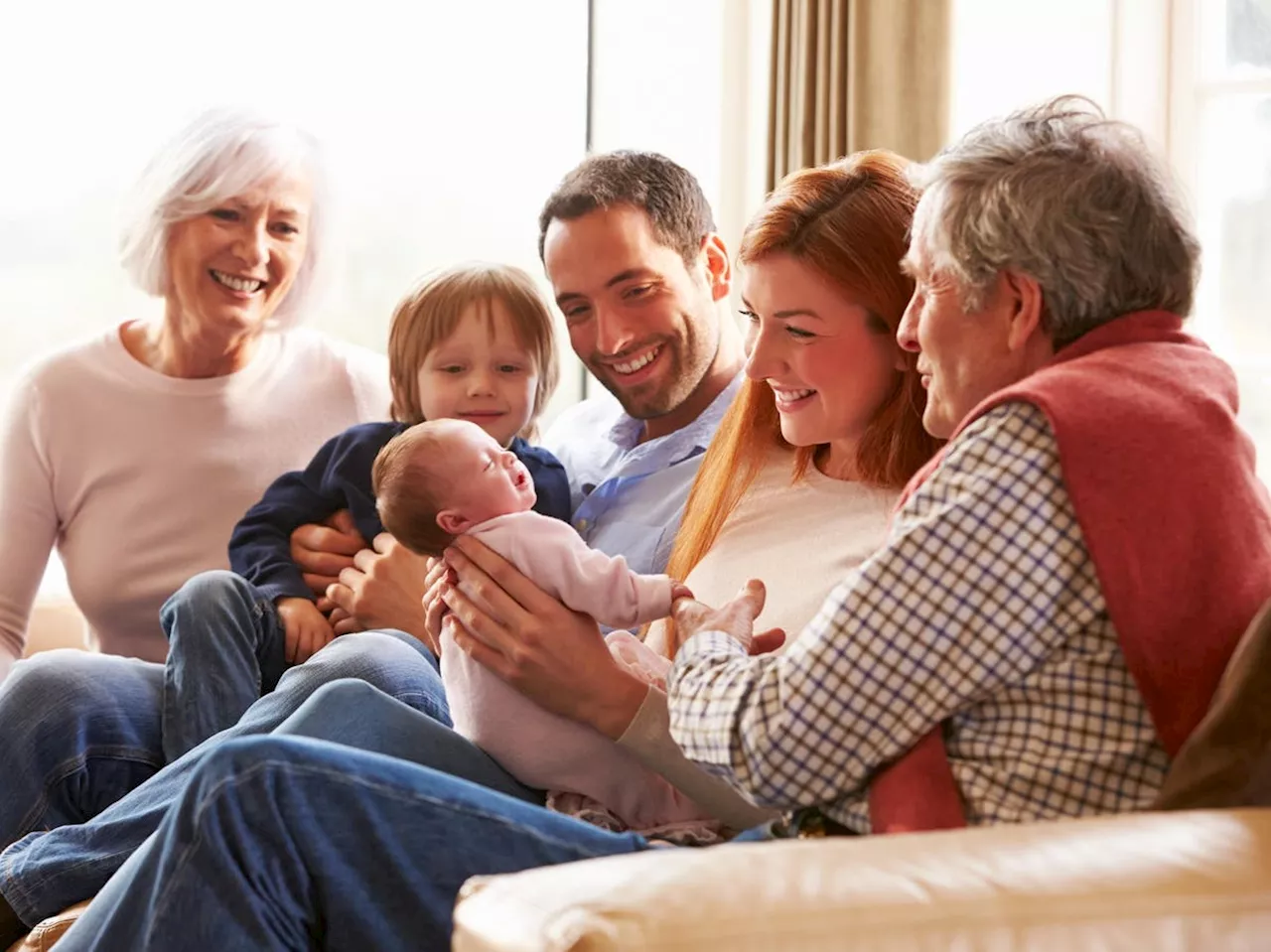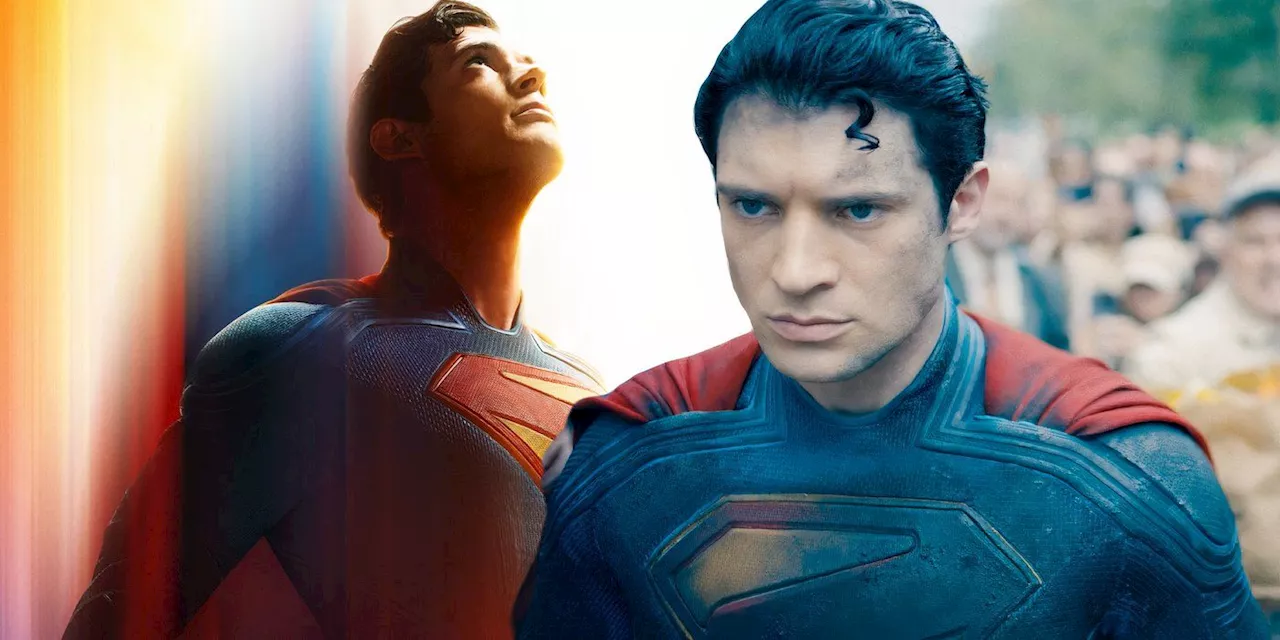This article explores the implications of AI-generated images for marketers and creatives, highlighting both the exciting opportunities and the legal challenges.
As marketers leverage AI to develop images, understanding how to do so effectively (and legally) is a key challenge. To better understand how AI is changing the development of images and best practices, I sought insight from Getty Images.Getty Images is in the business of visual storytelling.
As a leading visual content creator and marketplace, our brands offer impactful visuals to help any brand, business, or organization communicate more effectively with their target audience and inspire that audience to take action. For nearly 30 years, we have covered global events and centered important conversations on the images we capture around the world, enabling fast, accurate visual reporting of events that drive the news cycle. We also maintain one of the largest and best privately owned archives in the world, filled with hundreds of millions of unique visual assets dating back to the beginning of photography. compelling visual content is critical for marketers to connect with brands with their audiences and that generative AI potentially offers another option to craft those visuals in certain, appropriate contexts. However, the fundamental core of the creative process remains unchanged; talented individuals, equipped with the appropriate tools, are ultimately responsible for bringing new ideas to life. Generative AI is another instrument to help them channel their unique human creativity, like a new brush and canvas in their hands. While there are changes, much actually remains the same. To connect with audiences, brands must cut through an increasingly visually cluttered landscape, and they need to do that efficiently and at scale. Generative AI is one of many tools that marketers can use to achieve this, and in some exciting and innovative ways, but these new opportunities come alongside potential challenges.AI poses significant benefits. Generative AI allows users to create images that are very difficult or impossible to shoot with traditional means. And there have been striking, visually stunning examples of that. But there are also a lot of examples of low-quality images that are derivatives of pre-existing ideas, including blatant copies of images created without AI. At the end of the day, a ‘quality’ AI-generated image is one that helps someone reach and communicate to their audiences and is trained on quality and ‘clean’ data that is fully permissioned and clear of any risk to infringe on IP. Customers should not have to choose between creating quality AI visuals and legal safety; they should demand both.To this end, the advent of AI image generation asks us to think differently about how to sustain a thriving future for creatives. AI is an exciting tool with a growing number of use cases, but the authenticity, diversity, creativity, and quality of human-created work are irreplicable and required to sustain effective AI models. In training our own generative AI model, Getty Images ensures that creators who have contributed to the dataset are compensated for their work on a recurring basis. Those AI services that have built their products through scraped data put the rights of artists and IP holders at risk. The potential erosion of these rights has immediate and long-term implications on the broader creative economy; without these rights, we limit the opportunity for people to conceive net-new ideas and be rewarded appropriately for them.With the rise of AI, we now live in a world where we cannot always be certain if the photos and videos we encounter are real or not. This has serious implications for brands as they seek to build and sustain trust with their customers, particularly in cases where authenticity sits at the core of the brand’s identity. Brands need to be thoughtful about when and how they use AI and the level of transparency they offer around it. AI is not new, but it has never been so widely accessible, and everyone is wrestling with the right way to use it. In addition, image generators and other AI tools pose the greatest risk to businesses when they are not commercially safe and not based on a clean foundational model. A commercially safe AI tool is one that allows marketers to use the generated content to freely market a product without any downstream legal risks. This means a customer has a license to use the image commercially and legal indemnification to protect them. In the context of image generation, commercially safe AI tools are those that are not trained on any copyrighted material or known likenesses. Therefore, you can’t get in legal trouble for violating copyright. Most AI content generators can’t tout this. Many have been trained on scraped data, which is ripped from the internet without legal consent, or synthetic data, which is generated by other AI tools that may have been trained on copyrighted material
AIIMAGEGENERATION LEGALCHALLENGES CREATIVITY COPYRIGHT MARKETERS
United States Latest News, United States Headlines
Similar News:You can also read news stories similar to this one that we have collected from other news sources.
 Apple's Image Playground: Unleash Your Creativity with AI-Powered Image GenerationApple introduces Image Playground, a revolutionary iPhone feature that transforms text prompts into captivating images and animations in seconds. This user-friendly tool leverages Apple Intelligence to blend concepts, text descriptions, and even people from your photo library, empowering you to create unique and personalized visuals. Learn how to access, use, and explore the exciting possibilities of Image Playground.
Apple's Image Playground: Unleash Your Creativity with AI-Powered Image GenerationApple introduces Image Playground, a revolutionary iPhone feature that transforms text prompts into captivating images and animations in seconds. This user-friendly tool leverages Apple Intelligence to blend concepts, text descriptions, and even people from your photo library, empowering you to create unique and personalized visuals. Learn how to access, use, and explore the exciting possibilities of Image Playground.
Read more »
 Classic Heroes Return to Mentor the Next Generation in New 'Karate Kid: Legends' ImageJackie Chan and Ralph Macchio as Mr. Han and Daniel LaRusso in Karate Kid: Legends.
Classic Heroes Return to Mentor the Next Generation in New 'Karate Kid: Legends' ImageJackie Chan and Ralph Macchio as Mr. Han and Daniel LaRusso in Karate Kid: Legends.
Read more »
 Improving body image is more about changing the image than changing the body.Criticism is often projected onto our mirrored reflection, causing anguish and distress, but there are ways to approach body image differently.
Improving body image is more about changing the image than changing the body.Criticism is often projected onto our mirrored reflection, causing anguish and distress, but there are ways to approach body image differently.
Read more »
 Generation Beta: The AI-Infused GenerationGeneration Beta, predicted to start arriving in 2025, will be deeply integrated with AI and technology. Experts believe they will be more immersed than previous generations, facing a post-pandemic world and the realities of climate change.
Generation Beta: The AI-Infused GenerationGeneration Beta, predicted to start arriving in 2025, will be deeply integrated with AI and technology. Experts believe they will be more immersed than previous generations, facing a post-pandemic world and the realities of climate change.
Read more »
 Generation Beta and the Rise of Artificial IntelligenceThis article explores the impact of rapidly advancing AI on Generation Beta, born between 2025 and 2039. It examines how this generation will grow up in a world increasingly shaped by AI, including the potential for artificial general intelligence (AGI) and artificial superintelligence (ASI).
Generation Beta and the Rise of Artificial IntelligenceThis article explores the impact of rapidly advancing AI on Generation Beta, born between 2025 and 2039. It examines how this generation will grow up in a world increasingly shaped by AI, including the potential for artificial general intelligence (AGI) and artificial superintelligence (ASI).
Read more »
 David Corenswet's Reason For Why The Superman Suit Should Be Colorful And Have Trunks In James Gunn's 2025 Movie Makes Me Even More Excited For The New Man Of SteelSplit image of Superman look up promotional image and superman looking disheveled in superman
David Corenswet's Reason For Why The Superman Suit Should Be Colorful And Have Trunks In James Gunn's 2025 Movie Makes Me Even More Excited For The New Man Of SteelSplit image of Superman look up promotional image and superman looking disheveled in superman
Read more »
